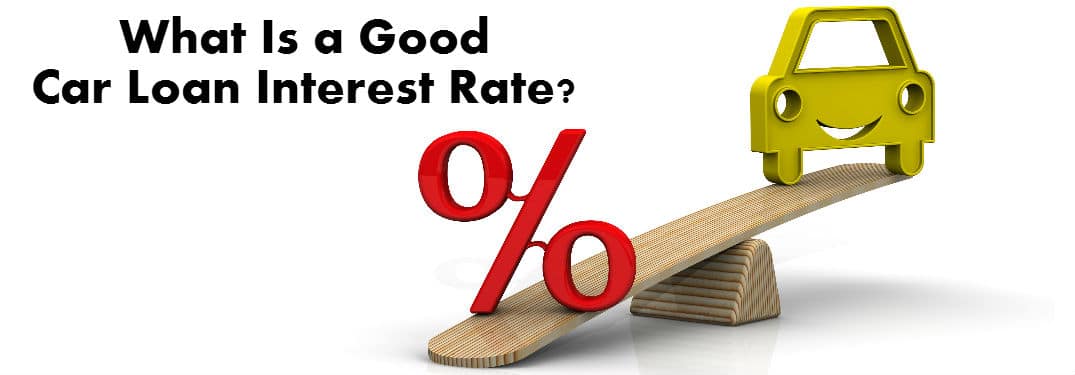As housing prices continue to rise homeowners are looking into how to leverage their home’s equity to receive low-interest financing. A home equity line of credit, or HELOC, is a great way to gain access to a line of credit based on a percentage of your home’s value, less the amount you still owe on your mortgage.
The downside is that if you get yourself into a situation where you cannot repay your HELOC, the lender may force you to sell your home in order to settle the debt.
How a HELOC Works

Let’s say your home has an appraisal value of $400,000 and you have a remaining balance of $200,000 on your home’s mortgage. A lender typically allows access to up to 85% of your home’s total equity.
(Value X Lender Access) – Amount Owed = Line of Credit
$400,000 X 0.85 = $340,000
$340,000 – $200,000 = $140,000
Unlike home equity loans, your home equity line of credit will have a variable rate, meaning that your interest rate can go up and down over time. Your lender will determine your rate by taking the index rate and adding a markup, depending on the health of your credit profile.
When a HELOC Makes Sense
Your home equity line of credit is best used for wealth-building uses such as home upgrades and repairs, but may also be used for things like debt consolidation, or the cost of sending your kid off to college. While it may be tempting to use your HELOC for all sorts of things, such as a new car, a vacation, or other splurges, these don’t do anything to help improve your home’s value. To ensure that you will be able to pay back your loan, it’s important to focus on wealth-building attributes where you can.
Home Equity Line of Credit vs. Home Equity Loan
If you’re exploring various lending options, you’ve probably come across two different home lending terms, home equity line of credit and home equity loan.
While home equity loans give you all the flexibility and benefits of tapping into the value of your home when you need it, a home equity loan offers a lump-sum payment.
Depending on your situation, a lump-sum withdrawal may be better suited for your needs. Understanding the differences is the first step in making a loan decision that is best for you.
• Home Equity Loan (HEL) – A home equity loan lets you borrow a fixed amount in one lump sum, secured by the equity of your home. The loan amount you will qualify for will depend on your Loan-to-value ratio, credit history, verifiable income, and payment term. These types of loans have a fixed interest rate, which is often 100% deductible on your taxes.
• Home Equity Line of Credit (HELOC) – A home equity line of credit is not a loan, but a revolving credit line permitting you to borrow money as you need it with your home as collateral. Applicants are typically approved based on a percentage of their home’s appraised value and then subtracting the balance owed on their existing mortgage. Things like credit history, debts, and income are also considered. Plans may or may not have regulations on minimum withdrawals and balances, as well as a variable interest rate.
Before tapping into your home’s equity, it’s important to weigh the pros and cons of each type of loan for your situation. Because your home equity line of credit and loan involves your most important asset – your home – the decision should be considered carefully. Is a second mortgage better than a credit card or a secured loan? If you’re not 100% sure, talk to a finance specialist before putting your home at risk.


